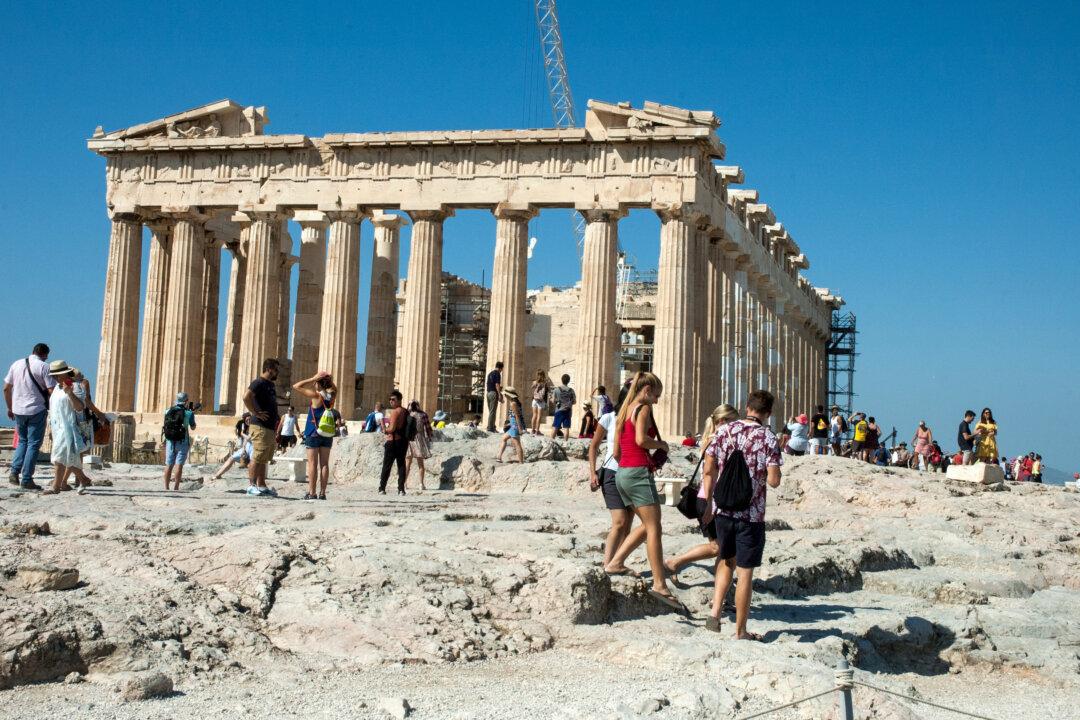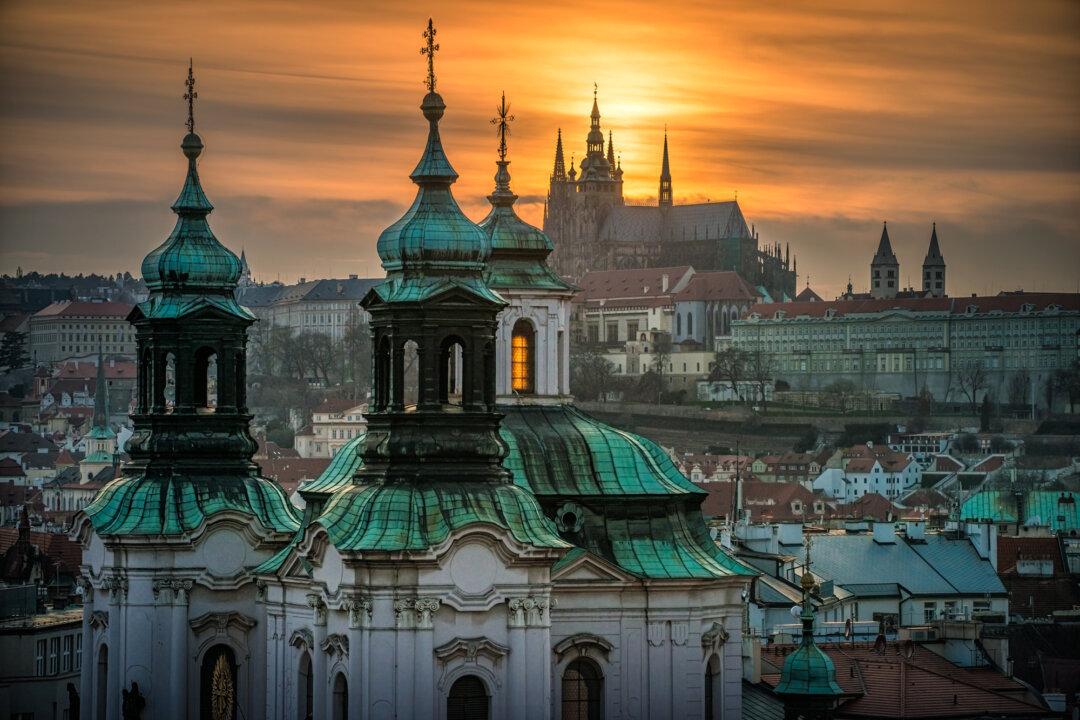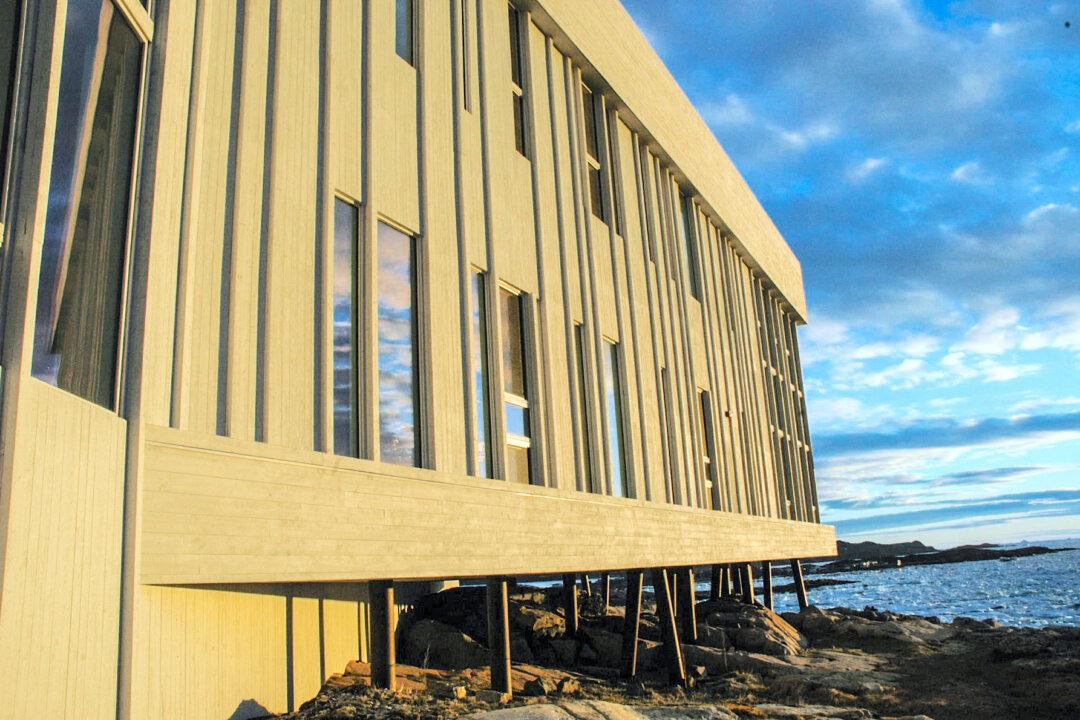Art and architecture are such a vital, vibrant part of Dutch culture that people know the names of artists and architects the way Canadians know the names of hockey players.
The ubiquitous bicycle is also an incredibly important part of the culture—even to the point that a renovation of Amsterdam’s renowned Rijksmuseum included a bike path.
While in The Netherlands last fall, I visited both the Rijksmuseum and the Hermitage Amsterdam Museum and its Portrait Gallery of the Golden Age exhibition, which in October opened an exhibit of huge portraits—so big that they had to be brought into the exhibition space by crane through the museum’s roof.
Within the limits of modern Rotterdam, you can see the very newest and also the vestiges of the very old.





